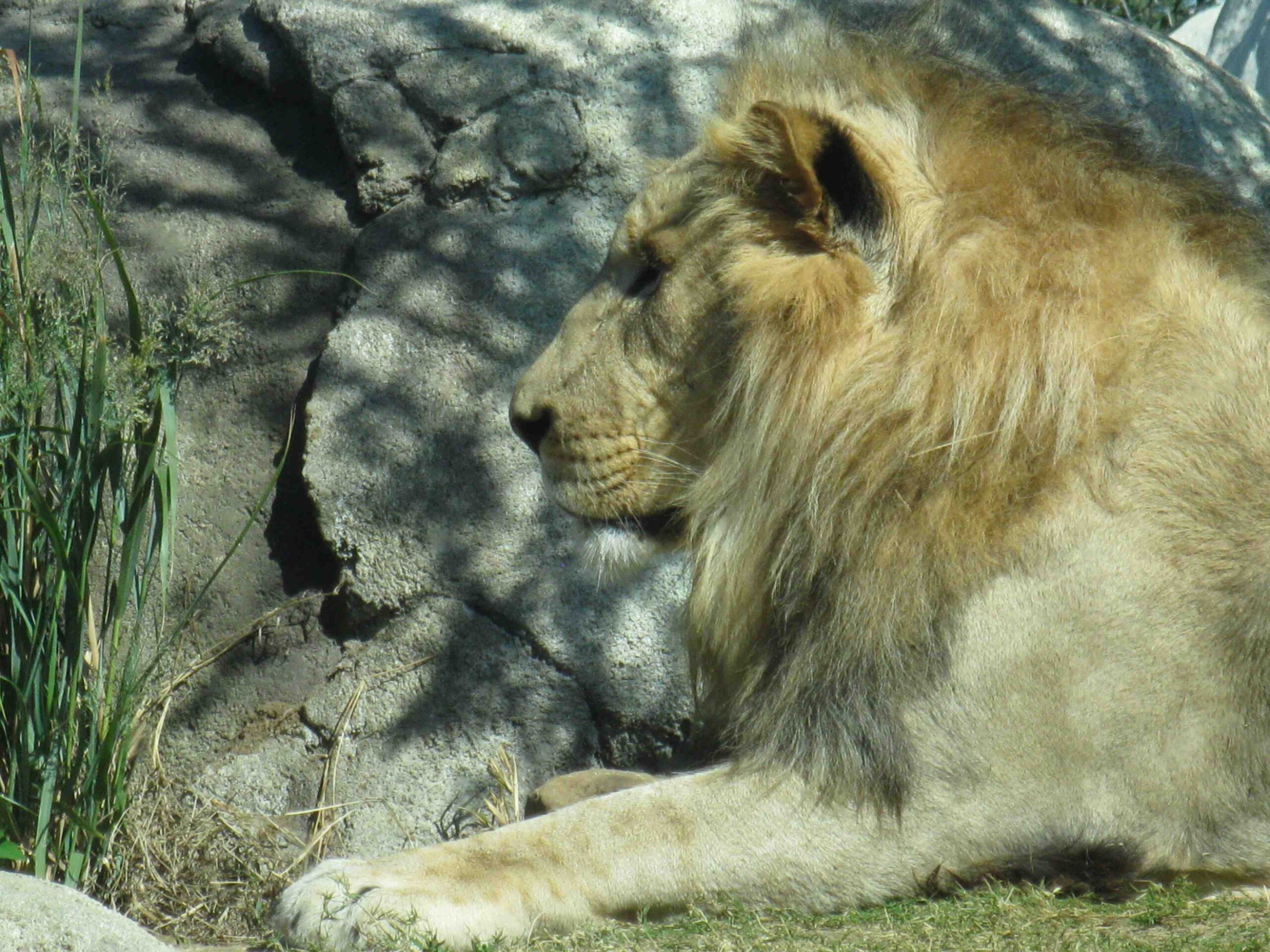The Dallas Zoo cloud leopard exhibit is a captivating attraction featuring these elusive and vulnerable big cats. Located in the northeast section of the zoo, the habitat is designed to mimic the cloud forests of Southeast Asia. The enclosure utilizes heavy-duty compressed coil mesh for security and includes trees and elevated areas to accommodate the leopards’ arboreal nature. Despite a recent incident where an animal escaped due to intentional damage to the enclosure, the zoo remains committed to the conservation and care of these magnificent creatures.
What is the Habitat Like for the Dallas Zoo Cloud Leopard?

The Dallas Zoo has created a specialized habitat for its cloud leopards, reflecting their natural environment in Southeast Asia. Here are the key features:
- Location: Northeast side of the zoo, between tamarin and primate areas
- Proximity: Near Children’s Zoo, Prime Meriden Cafe, and Primate Place
- Enclosure: Heavy-duty compressed coil mesh for security
- Environmental Features: Trees and elevated areas mimicking cloud forests
- Enrichment Elements: Vertical spaces and structures for climbing and hiding
The habitat is designed to cater to the cloud leopards’ nocturnal and arboreal nature, providing ample opportunities for them to exhibit natural behaviors.
What is the Feeding Schedule for the Dallas Zoo Cloud Leopard?

While specific details about the feeding schedule are not publicly available, we can infer some information based on the cloud leopards’ natural diet and typical zoo practices:
- Diet Composition:
- Carnivorous diet
- Likely includes a variety of meats
-
Supplemented with necessary nutrients
-
Feeding Frequency:
- Probably fed once or twice daily
-
Schedule may vary based on individual needs and zoo protocols
-
Natural Diet in the Wild:
- Gibbons
- Macaques
- Slow lorises
- Small deer
- Wild boars
Zoo nutritionists would ensure that the captive diet closely mimics the nutritional content of their wild diet while meeting all health requirements.
How Does the Dallas Zoo Contribute to Cloud Leopard Conservation?
The Dallas Zoo plays a crucial role in cloud leopard conservation through various initiatives:
- Captive Breeding Programs: Participating in breeding programs to maintain genetic diversity
- Research: Conducting studies on cloud leopard behavior and biology
- Public Education: Raising awareness about the species’ vulnerable status
- Partnerships: Collaborating with other zoos, like the Houston Zoo, for animal management
- Habitat Preservation: Supporting efforts to protect cloud leopard habitats in the wild
These efforts contribute to the global mission of preserving this vulnerable species for future generations.
What Can Visitors Expect from the Dallas Zoo Cloud Leopard Exhibit?
The Dallas Zoo cloud leopard exhibit offers visitors a unique opportunity to observe these elusive cats. Here’s what you can expect:
Exhibit Layout
- Designed to mimic Southeast Asian cloud forests
- Adjacent to the gibbon habitat
- Includes trees and elevated areas for natural behavior
Visitor Experience
- Accessibility: Located in a public area of the zoo
- Viewing Opportunities: Chances to spot leopards in trees or hidden spots
- Educational Signage: Informative displays about cloud leopards and their conservation
- Staff Interactions: Zoo keepers may provide additional information and insights
Educational Elements
- Guided tours (possibly available)
- Educational programs featuring cloud leopard information
- Interactive elements to engage visitors of all ages
Why are Cloud Leopards Considered Vulnerable?
Cloud leopards face several threats in the wild, leading to their vulnerable status:
- Habitat Loss: Deforestation in Southeast Asia
- Poaching: Hunted for their beautiful fur and body parts
- Human-Wildlife Conflict: Encroachment on their natural territories
- Small Population: Estimated fewer than 10,000 mature individuals in the wild
- Fragmented Habitats: Isolated populations leading to reduced genetic diversity
The Dallas Zoo’s conservation efforts aim to address these challenges and contribute to the species’ survival.
How Does the Dallas Zoo Ensure the Safety of Its Cloud Leopards?
Following a recent incident where a cloud leopard escaped, the Dallas Zoo has implemented enhanced security measures:
- Reinforced Enclosures: Strengthening the integrity of habitat boundaries
- Increased Surveillance: More cameras and security patrols
- Staff Training: Enhanced protocols for animal care and emergency response
- Regular Inspections: Frequent checks of enclosures for any signs of tampering
- Collaboration: Working with law enforcement to investigate and prevent incidents
These measures demonstrate the zoo’s commitment to animal welfare and public safety.
What Makes Cloud Leopards Unique Among Big Cats?
Cloud leopards possess several distinctive features that set them apart:
- Arboreal Adaptations:
- Exceptionally long tails for balance
- Rotating rear ankles for headfirst descent from trees
-
Large paws for gripping branches
-
Unique Coat Pattern:
- Cloud-like markings that provide camouflage
-
Variation in patterns between individuals
-
Skull Structure:
- Proportionally longest canine teeth among living felines
-
Wider palate for powerful bite force
-
Behavior:
- Primarily nocturnal
- Solitary nature
- Excellent climbers and swimmers
These characteristics make cloud leopards a fascinating subject for research and conservation efforts at the Dallas Zoo.
How Can Visitors Support Cloud Leopard Conservation at the Dallas Zoo?
Visitors to the Dallas Zoo can contribute to cloud leopard conservation in several ways:
- Zoo Membership: Purchase annual passes to support ongoing conservation work
- Donations: Contribute directly to the zoo’s conservation fund
- Adopt an Animal: Participate in symbolic animal adoption programs
- Education: Attend talks and workshops to learn more about cloud leopards
- Responsible Tourism: Follow zoo guidelines and respect animal habitats
- Spread Awareness: Share information about cloud leopards on social media
- Volunteer: Inquire about volunteer opportunities at the zoo
By engaging in these activities, visitors can play an active role in supporting the Dallas Zoo’s conservation efforts for cloud leopards and other endangered species.

